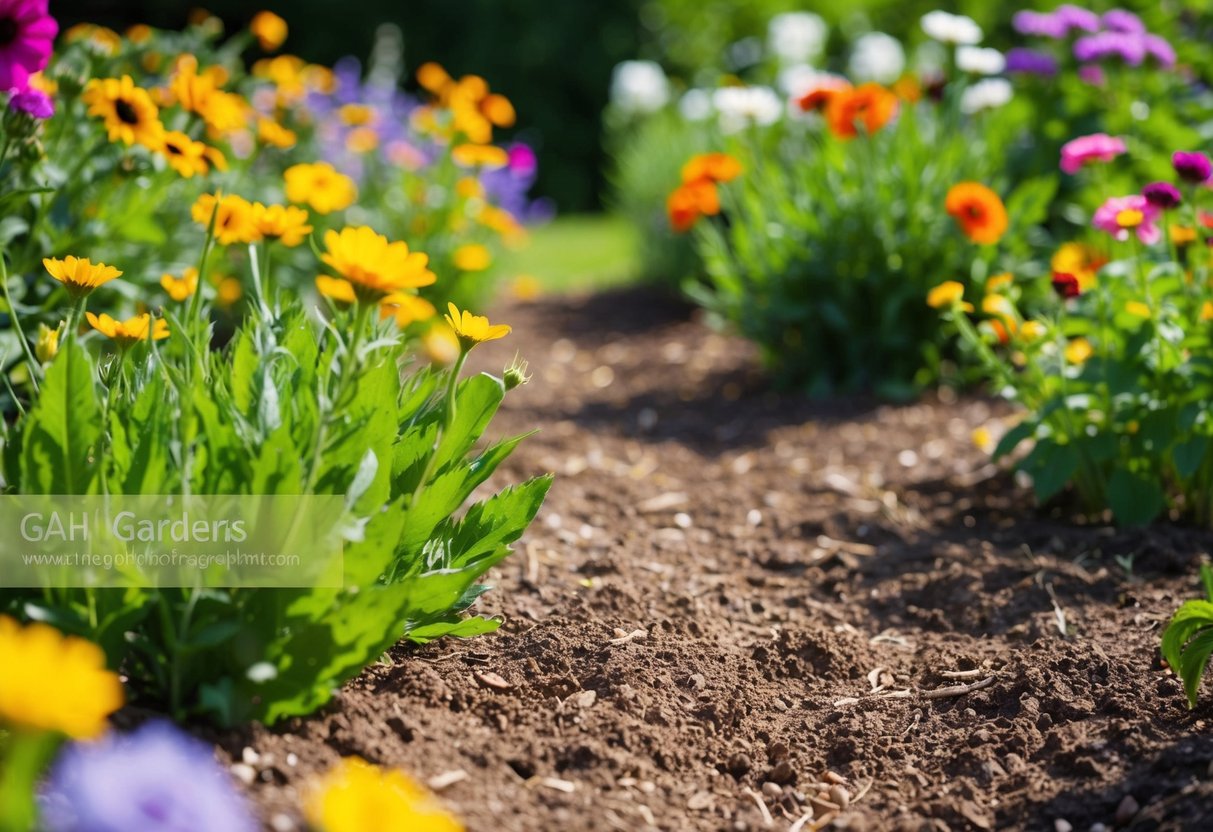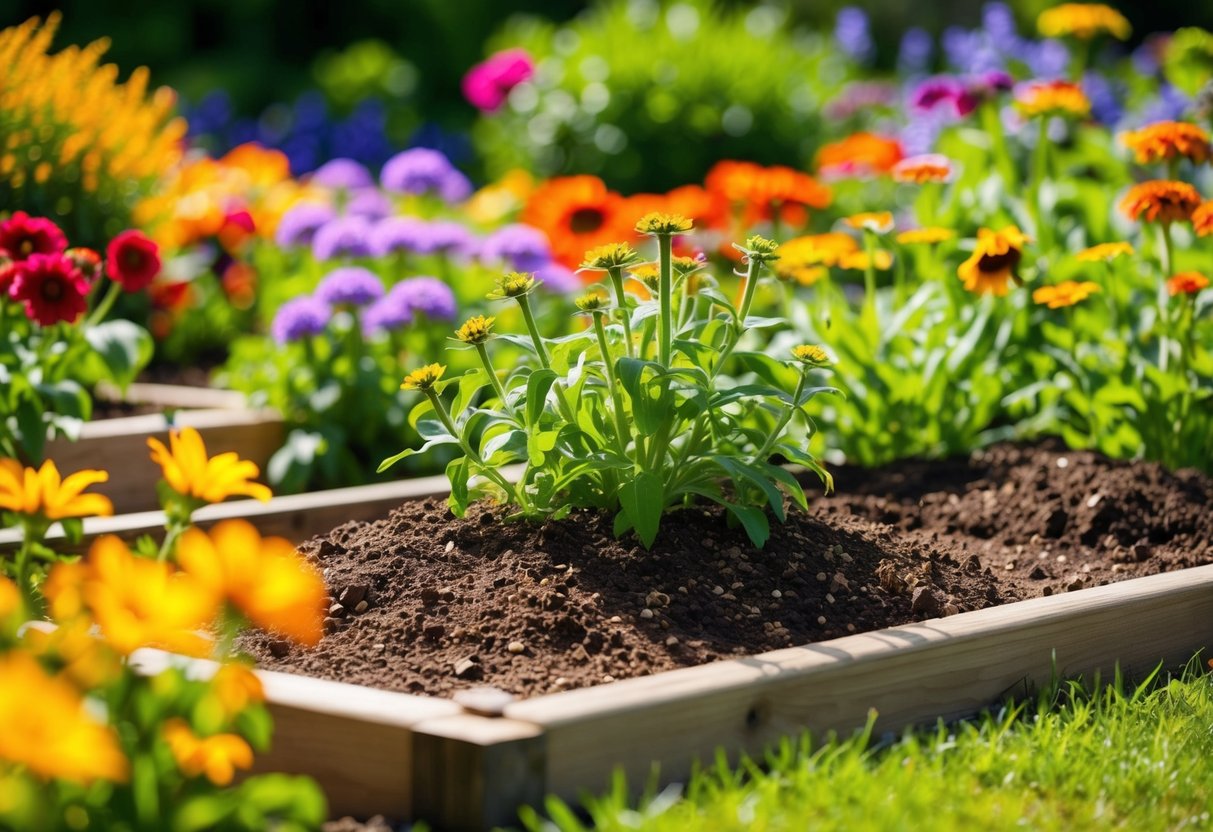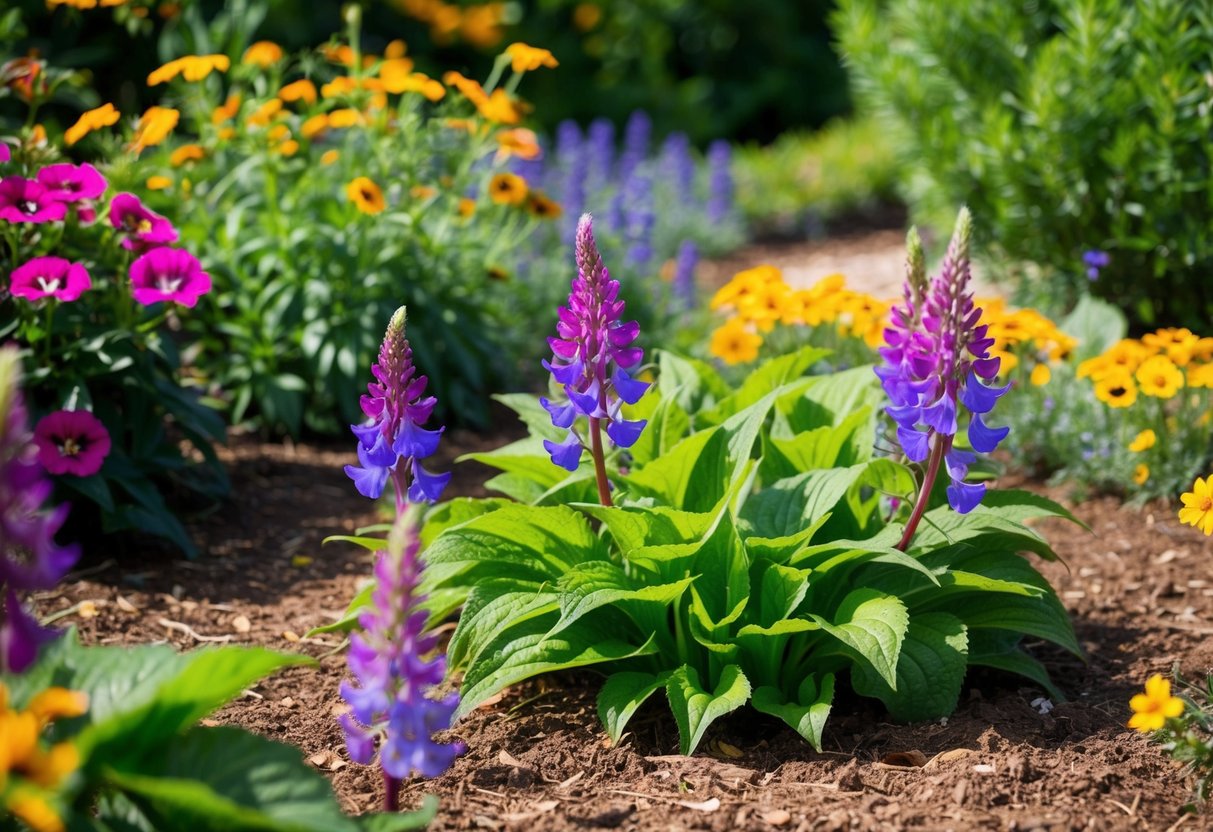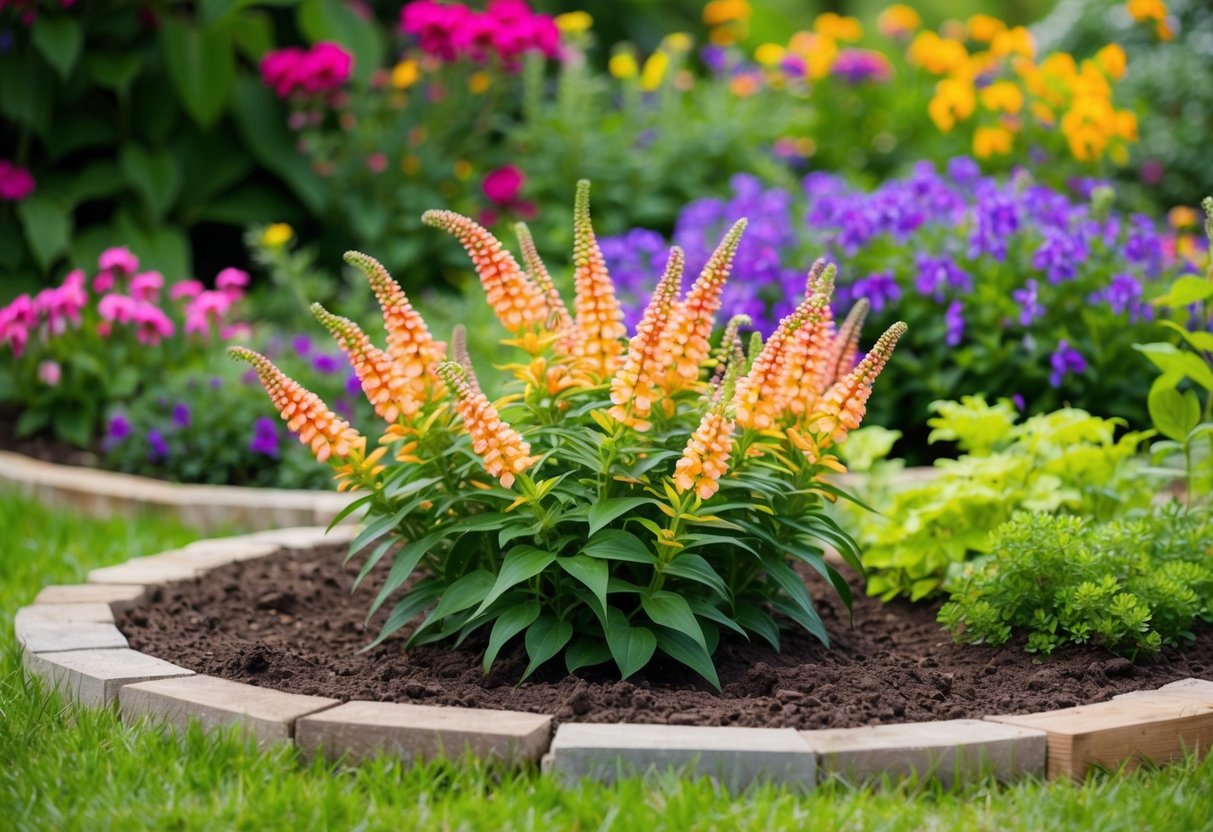Where is the Best Place to Plant Lobelia? Tips for a Thriving Garden
If you’re looking to add a splash of color to your garden, lobelias might just be your perfect pick. These vibrant flowers come in various types, including the compact annual lobelia and the striking perennial like the cardinal flower. You should plant lobelia in areas with full sun to partial shade and rich, well-draining soil. This ensures that your plants thrive, producing a dazzling display of blooms.

When you plant lobelias, consider their space needs. For instance, lobelia erinus and great blue lobelia like room to stretch out, so you should plant them 6-18 inches apart. Don’t forget to enrich the soil with compost for the best growth.
A spot near your patio or porch could also be ideal for hanging baskets, offering a burst of color at eye level.
Lobelia care doesn’t require much fuss. With regular watering, especially during dry spells, these plants will reward you with lush growth. Whether you’re growing the vibrant blue lobelia erinus or the tall and dramatic lobelia cardinalis, your garden will become a lively and colorful space. With the right conditions, your lobelias will add a dynamic flair to your outdoor areas.
Selecting the Right Location

Choosing the right location for your lobelia plants is key to helping them thrive. You’ll need to consider both the sunlight they receive and the type of soil they grow in.
Sunlight and Shade Preferences
Lobelia plants love full sun but can also do well in partial shade. If you’re in a region with hot summers, a spot with morning sun and afternoon shade is ideal. This helps protect the plants from getting too much heat in the afternoon. A location with at least 4-6 hours of direct sunlight is perfect. Some lobelia varieties can tolerate more shade, especially in hotter climates. Understanding the sun exposure in your garden will guide you in selecting the best spot.
Soil Considerations
Lobelia prefers well-drained soil that is rich in organic matter. The soil type should ideally have a balanced soil pH, often slightly acidic.
To ensure the soil drains well, consider adding organic material like compost. You want to avoid waterlogged areas since standing water can harm your plants. If your garden soil isn’t naturally well-drained, you might try planting lobelia in raised beds or containers. These steps help create the ideal environment for lobelia to flourish.
Planting Lobelia

Planting lobelia can bring vibrant colors to your garden. It’s important to consider the best time and proper steps to ensure your plants thrive without issues like root rot.
Best Time to Plant Lobelia
You should plant lobelia after the last frost date in your area. This ensures the young plants aren’t harmed by lingering cold weather. Ideal planting times depend on your hardiness zone. For most zones, this means planting in late spring or early summer.
Check for local frost dates to plan. If you’re in a warmer zone, you might plant earlier. Colder zones may need to wait longer. The plants need a warm start to grow well, so timing is key to success.
Planting Procedure
Start by choosing a spot with well-draining soil to prevent root rot. Loosen the soil using a garden fork to improve aeration and mix in compost for added nutrients. Potted soil should also be light and rich.
When planting lobelia seeds, cover them lightly with soil in a tray or container. If using young plants, ensure each is placed in the garden with enough space to grow. Keep them under sun for about 4-6 hours a day to encourage colorful blooms. Water regularly but avoid soaking the soil.
Lobelia Care and Maintenance

Lobelia is a beautiful and low-maintenance plant, perfect for brightening up your garden. To keep it thriving, focus on proper watering, fertilization, and some light pruning.
Watering Guidelines
Lobelia prefers consistent moisture. You should water it regularly but avoid letting the soil get soggy. In hotter climates, you might need to water more frequently, especially during dry spells.
Make sure that the top inch of soil remains slightly moist. Drooping leaves can be a sign of dehydration, so check the plant daily during hot weather. Using a drip irrigation system can help maintain the right moisture levels without overwatering.
Fertilization and Mulching
Lobelia benefits from light feeding throughout the growing season. Use a balanced liquid fertilizer once a month. This will provide essential nutrients and promote vibrant blooms.
You can also consider using a slow-release fertilizer at the beginning of the season. Add mulch around the base to retain moisture and prevent weeds. Organic mulch, like shredded bark, is a good choice that enhances soil quality.
Pruning and Deadheading
Lobelia does not require heavy pruning, making it an easy-care plant. It self-cleans, so you usually don’t need to deadhead. However, occasional trimming of spent flower stalks can encourage more blooms.
If the plant becomes leggy, trim back by one-third to promote bushier growth. Use clean, sharp tools to avoid damaging the plant and encourage healthy regrowth.
Propagation and Growth

Lobelia can be grown either from seeds or through division and cuttings. Both methods have their advantages. Growing from seeds lets you produce many plants at once, while divisions and cuttings preserve the characteristics of the parent plant, such as color and form.
Growing From Seeds
To start lobelia from seeds, you need to sow the seeds indoors 8 to 10 weeks before the last frost. Use a tray filled with seed-starting mix. Scatter the seeds on the surface because they need light to germinate. Cover them lightly for best results. Keep the soil moist but not soggy.
A bright spot or grow light helps accelerate germination. Monitor the temperature, ideally between 65°F and 75°F. Once seedlings emerge and grow a few inches tall, you can transplant them outdoors a few weeks after the last frost.
Pay close attention to spacing. Lobelia plants should be spaced about 6-18 inches apart, depending on the variety. This method ensures a good structure for the plants to flourish.
Division and Cuttings
Propagating lobelia through division or by taking softwood cuttings is another method. For division, carefully dig up the plant and separate sections of the root ball. Replant these divisions in a new location, making sure each section has healthy roots and shoots.
Taking cuttings involves trimming a piece of a young stem, ideally 4-6 inches long, just below a node. Remove the lower leaves, and plant this cutting in a well-draining potting mix. Keep it moist until roots develop, which should take a few weeks.
Both methods ensure the new plants will retain the traits of the parent plant, offering a reliable way to expand your lobelia garden.
Garden Design and Aesthetic Appeal

When planning your garden, lobelia offers vibrant choices that enhance visual appeal and attract pollinators. Think about how these flowering plants can brighten your space and work with other garden elements.
Color Themes and Varieties
Lobelia comes in various stunning colors such as purple, white, pink, and blue. These colors can be used to create beautiful themes in your garden. Bright blue flowers like Lobelia erinus are a striking choice for borders, while the tubular flowers of Lobelia cardinalis can stand out in garden beds.
Consider how mixing different flower colors can enhance the garden’s aesthetic. You might plant white and purple lobelias together for a calming effect, or choose bold pinks and blues for something more vibrant. Each color brings its unique charm, inviting you to explore creative combinations that can make your garden thrive.
Companion Plants and Garden Themes
Lobelia pairs well with other plants that share its preferences for moist soil and partial sun. You can use it alongside ferns or hostas. These companions help in creating lush garden themes that feel like an oasis.
Plant lobelia along edging paths or near water features to attract pollinators like butterflies and hummingbirds. Mixing lobelia with flowers of contrasting heights or leaf textures adds interest and depth. Create a garden that not only looks stunning but supports local wildlife, making it both beautiful and environmentally friendly.







